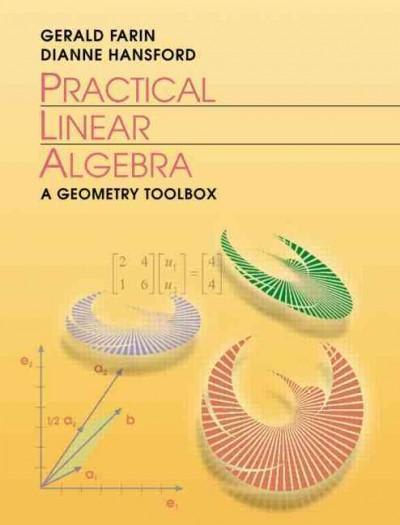Question
Question 1 Parts A and B are independent A. Prove each of the following using the properties of the expectations or summation operator. a. E(X-)
Question 1 Parts A and B are independent
A. Prove each of the following using the properties of the expectations or summation operator.
a. E(X-) 2 = E(X^2)- ^2
b. E[(X-X )(Y- Y)] = E(XY) - xy
c. If n=3, (xi) 2 = xi 2 + 2(x1x2 + x1x3 +x2x3).
d. (bxi + cyi) 2= b2 (xi 2 +yi 2 + 2xiyi) when b=c.
Bonus point: (xi - a)2 =0 given (xi - a)=0.
B. Suppose the probability distribution of random variable X is as follows.
x: a 2a 3a 4a 5a
f(x): 0.4 0.2 b 0.5b 0.04
Note that a and b are some unknown numbers. Suppose the mean of X, E(X) = 11.
i. Determine the values of a and b from the information provided.
ii. Using the solutions for a and b, obtain the numerical value of E(X^2 ).
Question 2: What does it mean when two variables X and Y are statistically independent? What does it mean when they are linearly related (and how do you prove it}? What is the difference between these two terms?
Step by Step Solution
There are 3 Steps involved in it
Step: 1

Get Instant Access to Expert-Tailored Solutions
See step-by-step solutions with expert insights and AI powered tools for academic success
Step: 2

Step: 3

Ace Your Homework with AI
Get the answers you need in no time with our AI-driven, step-by-step assistance
Get Started


